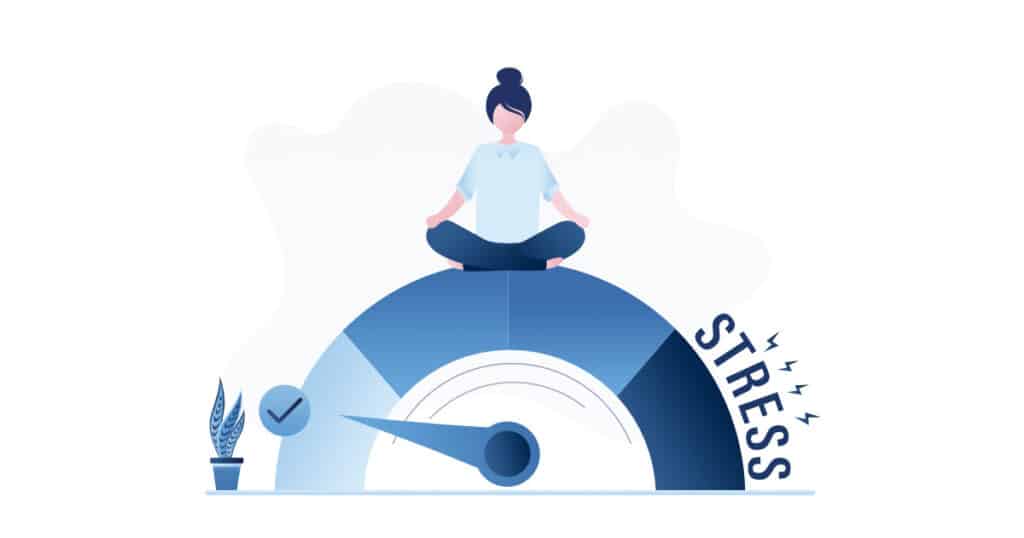4 Strategies to Beat Burnout and Build Team Resilience

Photo credit: iStockphoto.com (bagira22)
As an eventful year comes to a close, many people feel physically and emotionally exhausted. But Jacinta Jiménez, psychologist and author of The Burnout Fix, has tips for catching burnout before it catches you.
1. Develop Psychological Safety
“Psychological safety,” says Jiménez, “is like a psychological trust fall.”
The concept, coined by Harvard’s Amy Edmondson, refers to creating a team culture where individuals feel safe taking risks, sharing ideas, and admitting mistakes without fear of negative consequences.
Teams with psychological safety “are more likely to admit mistakes, partner and take on new roles,” Jiménez says. This openness fosters trust, innovation, and mutual support—particularly valuable qualities in our ever-evolving workplaces.
To cultivate psychological safety, Jiménez recommends promoting mutual trust, establishing a shared mission, and creating explicit norms for open communication.
2. Detect Early Signs of Burnout
Burnout isn’t always noticeable. As Jiménez puts it, “Burnout is not an on-and-off switch; it’s far more insidious.” Over time, it often creeps up on people, eroding their motivation, performance, and well-being. To catch burnout early, leaders should regularly monitor their team members’ stress levels and watch for three key indicators: exhaustion, cynicism, and inefficacy.
Exhaustion goes beyond typical fatigue. It’s a prolonged feeling of depletion that doesn’t improve even after taking a break. Conversely, cynicism manifests as losing interest in the team’s mission and goals, often affecting high-performers who were once profoundly committed. Finally, inefficacy is characterized by feelings of inadequacy or lack of progress, even though individuals may be working hard.
Jiménez suggests using tools like a “burnout buffering monitoring sheet” to help employees track their stress levels and identify patterns. “Knowledge is power,” she says, noting that regular self-check-ins and open communication can prevent burnout from spiraling out of control.
3. Emphasize the Balance Between Stress and Rest
Not all stress is bad, says Jiménez. A healthy dose of stress can enhance performance and engagement, pushing people into what Jiménez calls the “stretch zone,” where they are optimally challenged.
“It’s chronic stress without recovery that puts you in the danger zone,” she says, potentially leading to burnout and impaired performance.
Just as physical muscles need recovery time, our mental and emotional reserves require regular replenishment. To maintain balance, Jiménez suggests following this mantra: “When you stress, you must rest.”
Leaders can model this approach by encouraging daily micro-breaks and integrating stress recovery into the team’s workflow. Something as simple as ending meetings five minutes early to allow for a quick mental break can help maintain team resilience.
4. Demonstrate Resilience by Embracing Humanity
Jiménez also stresses the importance of “leading by modeling,” especially when promoting well-being and resilience. Leaders should show their teams that resilience is not about endlessly pushing through stress but knowing when to step back and recharge.
Rewarding resilience efforts is another powerful way to reinforce these values. For example, Jiménez suggests recognizing team members prioritizing rest and stress management in their routines. Highlighting these efforts in team meetings can help normalize rest as a crucial part of achieving success.
Jiménez observes, “Resilience is not about how you endure; it’s about how you recharge and replenish.”
Put another way, her tips remind us that this is a good time to extend grace to others.
